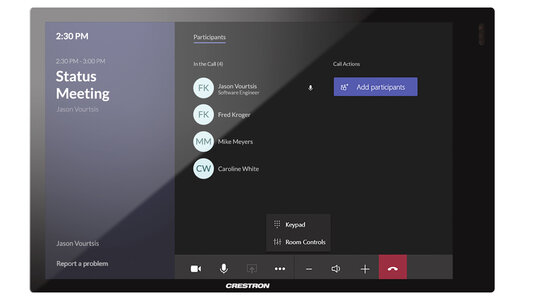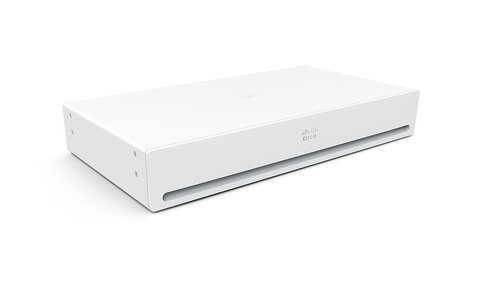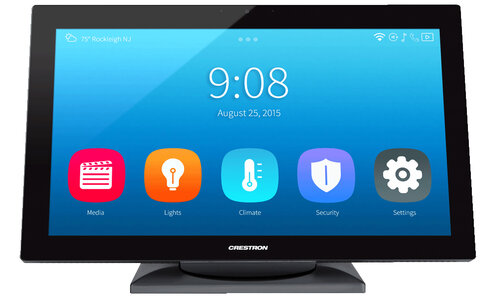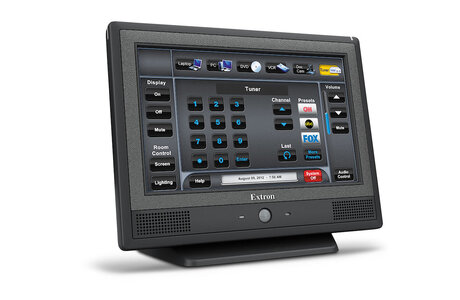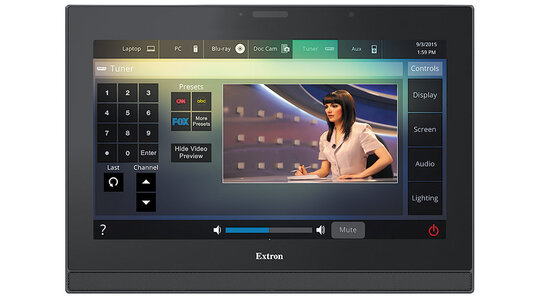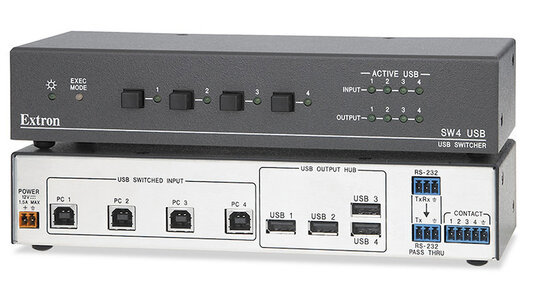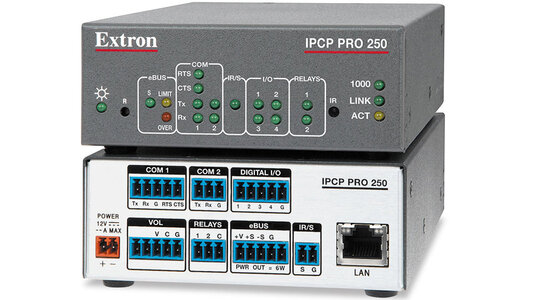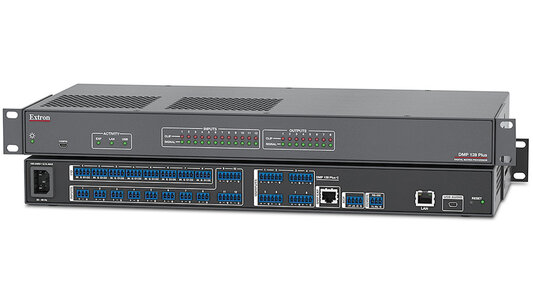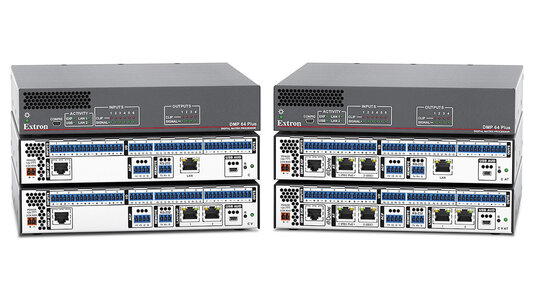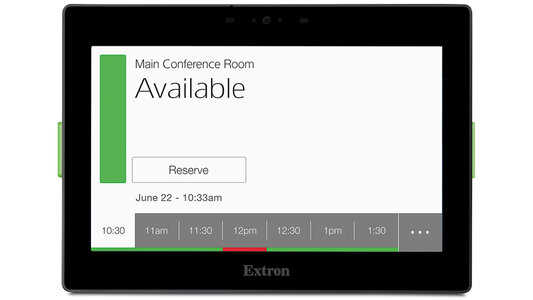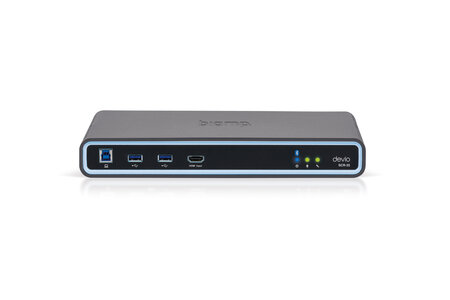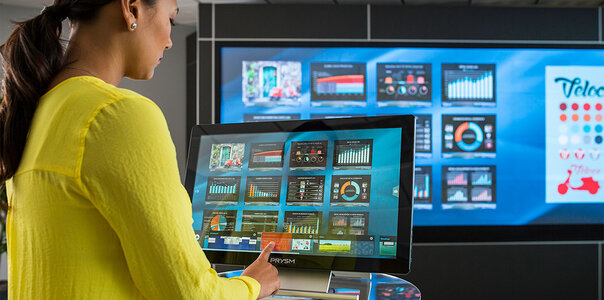
Efficient conference room technology for perfect meetings
In a modern conference room, everything comes together at the important interfaces: Image output media, audio systems, cameras and possibly even other elements such as lighting and ventilation. The perfect interaction of controllers, processors, codecs or room PCs creates the basis for effective and professional communication in conference rooms. By ensuring that these components work together optimally, you can make your meetings more productive, exchange ideas and make decisions. The aim is to let the technology fade seamlessly into the background so that you can concentrate fully on the content and interaction with your colleagues

Simple control, full control
The touch controller is the central control element in the conference room. With its help, you can intuitively operate and adjust all technical functions.
From adjusting the room lighting and controlling the audio settings to operating cameras or other devices - the touch controller gives you full control over the technology and makes it easier to interact with the systems.
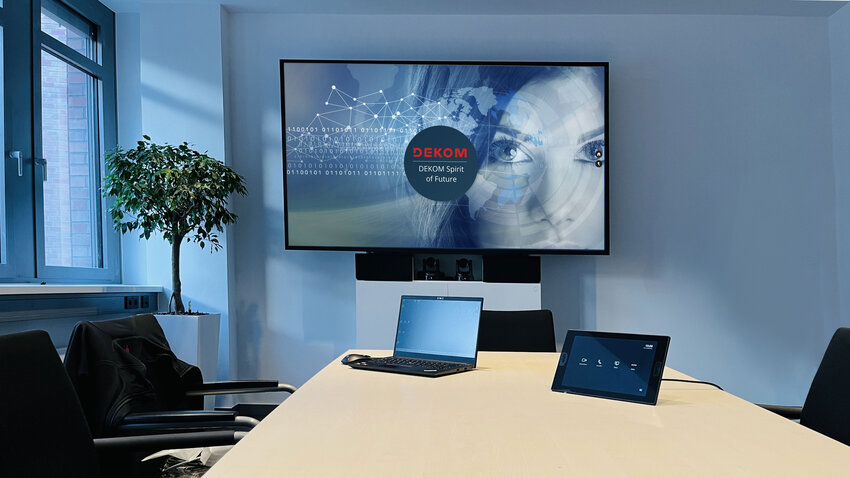
Not all processors are the same
There are different types of processors that are used in video conferencing and media technology systems. Each of these processor types fulfills specific tasks within the system. The control processors control and coordinate the overall system, the signal processing processors are responsible for processing audio and video signals, and the audio processors, including matrix processors, provide special functions for controlling and optimizing the audio quality in the conference room. The processors are often used in combination to meet the various requirements in a video conferencing or media system. The exact selection and combination of processors depends on the specific requirements of the system, such as the size of the room, the number of participants, the desired functions and audio and video quality.
 International / English
International / English
 Spain / Spanish
Spain / Spanish
 USA / English
USA / English
 United Kingdom / English
United Kingdom / English

